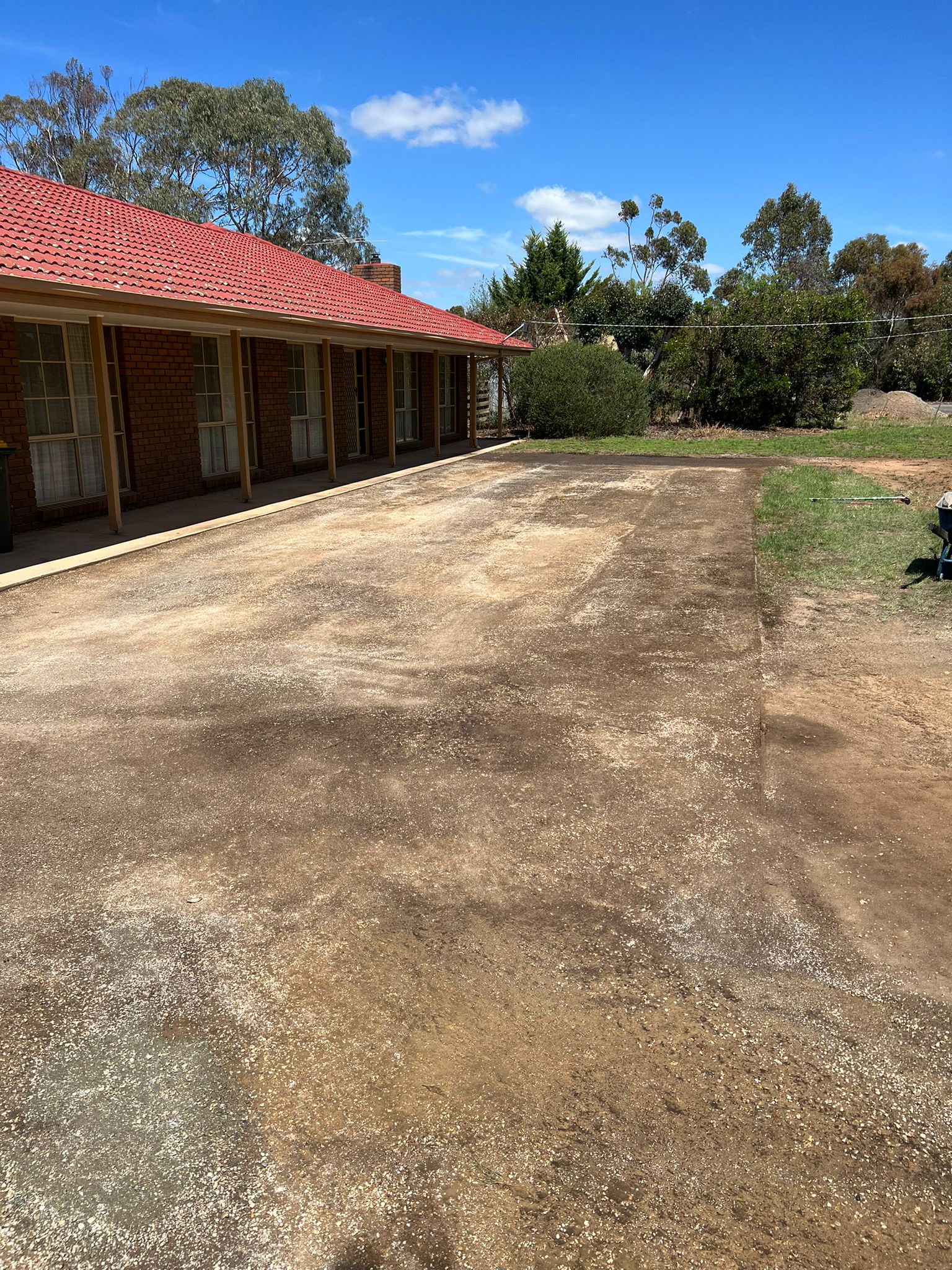Potholes are a common problem across many roads and surfaced areas throughout Gatton, QLD—especially in areas exposed to heavy traffic, weather extremes, or poor drainage. Left unattended, these defects can lead to serious safety hazards and expensive repairs. At Gatton Surfacing Solutions, we believe that understanding the root causes of potholes and identifying them early is the first step to maintaining safer, longer-lasting asphalt and bitumen surfaces.
The Mechanics of Pothole Formation
Potholes are not formed overnight. They typically develop over time due to a combination of environmental conditions, structural failures, and traffic pressure.
Water Infiltration
Water is the primary culprit behind most potholes. When moisture seeps into small cracks in the asphalt surface, it begins to compromise the base layers underneath. This process is accelerated during rainy seasons or in poorly drained areas.
Weak Subgrade or Base Failure
If the base layer beneath the asphalt is not properly compacted or becomes eroded, the surface above loses its support. With every vehicle that passes over, pressure is applied unevenly, eventually leading to the breakdown of the surface.
Thermal Expansion and Contraction
In hot weather, asphalt expands; in cooler conditions, it contracts. This constant cycle causes the material to become brittle, leading to cracks. Once cracks form, they act as entry points for water and debris.
Heavy Vehicle Traffic
Repeated exposure to heavy loads—such as trucks, buses, or agricultural equipment—can place immense strain on the pavement. Over time, this stress can accelerate the formation of cracks and the eventual collapse of surface layers into potholes.
Early Warning Signs to Watch For
Being able to identify the early signs of pothole formation can significantly reduce the cost and impact of repairs. At Gatton Surfacing Solutions, we recommend routine inspections and prompt action at the first signs of deterioration.
Small Surface Cracks (Alligator or Spider Cracking)
These interconnected cracks often look like the scales of an alligator and are a major red flag. They indicate that the top layer is weakening and the subgrade may be failing.
Surface Depressions or Uneven Areas
Slight dips in the road or driveway surface may be a result of early structural issues underneath. If left unchecked, these depressions can evolve into full potholes.
Loose Stones or Aggregate
If you notice stones coming loose from a spray seal or chip seal surface, it may be due to bond failure or water ingress—both of which can lead to potholes if not addressed.
Pooling Water
Standing water is a sign of poor drainage, which increases the likelihood of potholes forming. Water that remains on the surface instead of running off can penetrate cracks and soften the base layers.
Discolouration or Bitumen Stripping
Patches that look faded, oxidised, or stripped of their bitumen layer may be more vulnerable to cracking and pothole development.
Preventative Measures to Reduce Pothole Risk
By taking a proactive approach, you can significantly extend the lifespan of your surfaced areas in Gatton.
- Seal cracks early to prevent water from entering
- Ensure proper drainage design so water doesn’t accumulate
- Schedule regular inspections especially after major storms or seasonal transitions
- Upgrade base materials for high-traffic areas or weak soils
- Use professional surfacing teams to ensure proper compaction and installation
Conclusion
Understanding what causes potholes and learning to recognise the early signs of damage is crucial for maintaining high-performing asphalt and bitumen surfaces. If you notice small cracks, surface changes, or signs of water pooling on your property in Gatton, it’s time to take action before a minor issue turns into a costly repair.
Gatton Surfacing Solutions is here to provide expert guidance, timely maintenance, and long-lasting repairs tailored to the specific challenges of your site. Protect your surfaces by acting early and keeping your asphalt in top condition.
Call us on: 07 4517 4097
Click here to find out more about Gatton Surfacing Solutions
Click here to complete our contact form and see how we can help with your driveway needs.

